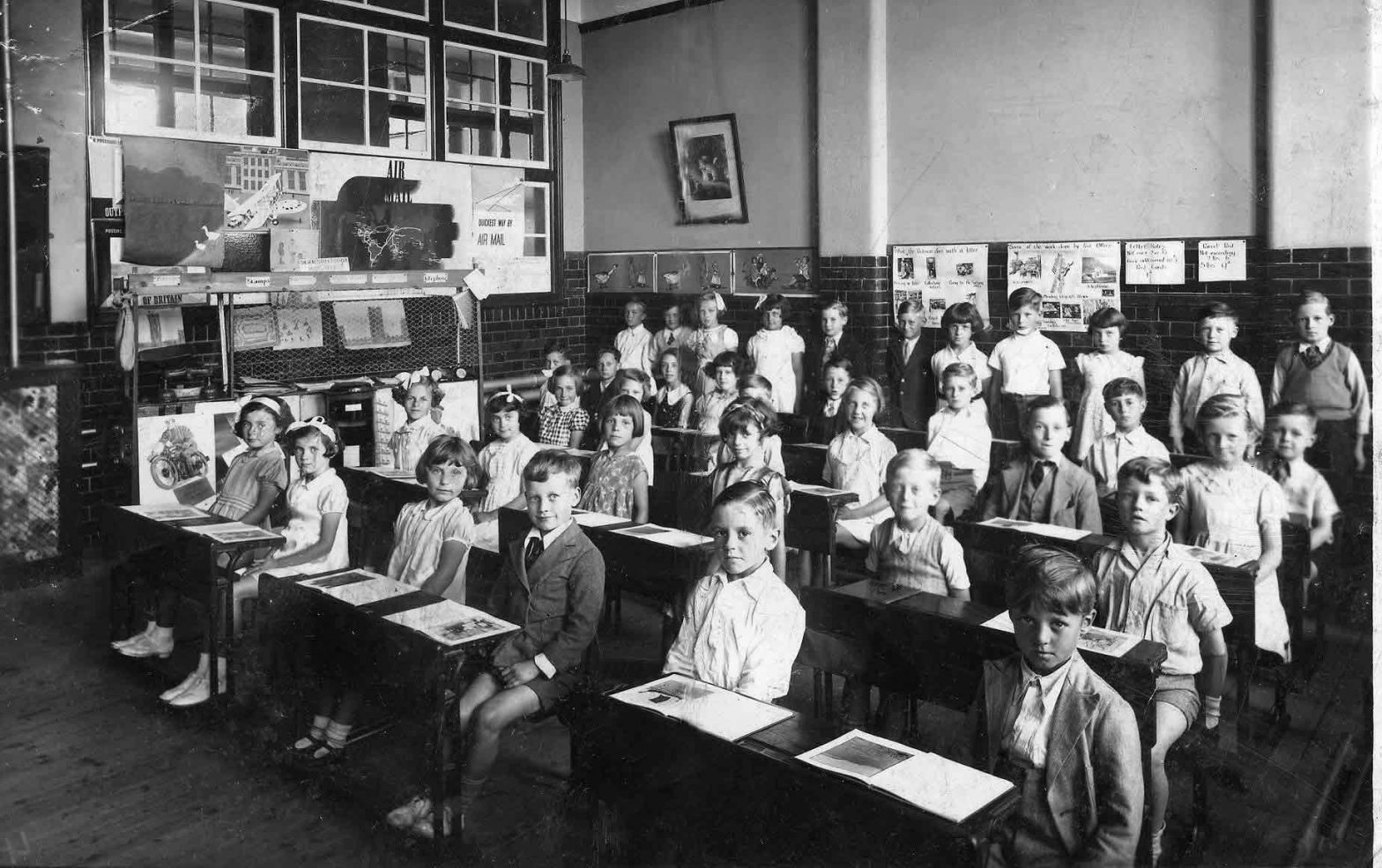Audio-visual language teaching represents a methodological approach that integrates visual and auditory media to enhance language learning. This method exists in both strong and weak versions, with the strong variant emphasizing the simultaneous use of visual and auditory materials. One of the most notable implementations of the strong version is the Méthode Structuro-Globale Audio-Visuelle (SGAV), developed in the 1950s.
Characteristics of Audio-Visual Method:
- Monolingual Emphasis: The classic AV method strictly adheres to a monolingual approach, focusing primarily on oral skills initially and delaying the introduction of reading and writing.
- Use of Visual and Auditory Media: Audio-visual courses typically involve the presentation of dialogue accompanied by a sequence of images projected onto a screen, followed by auditory repetition and interactive activities.
- Structured Teaching Units: Each teaching unit follows a structured format, including presentation, explanation, imitation, exploitation, and transposition phases, facilitating a comprehensive learning experience.
- Semanticization Techniques: Teachers employ semanticization techniques during the explanation phase to deepen learners’ understanding through interaction and contextualization.
- Holistic Learning Theory: The SGAV method is rooted in a structural-global learning theory, emphasizing the holistic nature of linguistic understanding and the importance of situational context in language presentation.
Challenges and Evolution
- Limitations of Semantic Transmission: Empirical studies have highlighted limitations in semantic transmission through image sequences, leading to attempts to enhance comprehension through innovative visual aids such as speech bubbles and ideograms.
- Criticism and Reform: The AV method faced criticism for its rigidity and limitations in supporting oral teaching, leading to reforms such as flexible sequencing, emphasis on communicative functions, and integration of group activities and games.
- Shift in Methodology: With the advent of communicative language teaching and alternative methodologies, AV courses evolved to prioritize dialogue, flexibility in grammatical progression, and learner-centered activities.
- Persistence and Adaptation: Despite challenges, audio-visual methods persisted, albeit in weakened forms, as supplementary materials in textbooks and courses, with a shift towards diversified visual media.
Conclusion
Audio-visual language teaching has played a significant role in language education, offering a structured and interactive approach to language learning. While facing criticism and evolving in response to changing educational paradigms, audio-visual methods continue to contribute to the teaching and learning of languages, albeit in adapted forms that incorporate a diverse range of visual media.








